dataGPT - AI-Powered Data Analysis
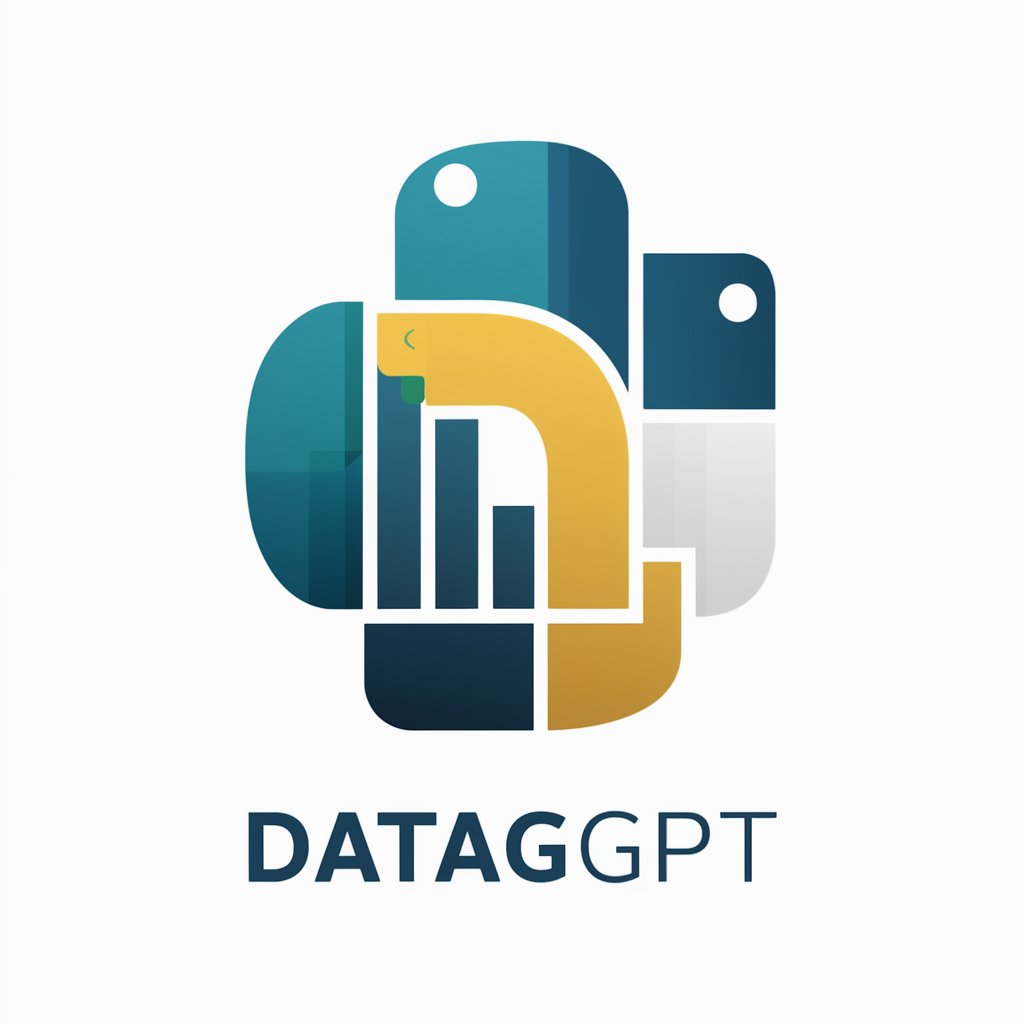
Hello, I'm dataGPT, your AI for data analysis and visualization.
Transforming data into insights with AI
Generate a detailed analysis of...
Create a visualization for the dataset...
Write Python code to process...
Explain the results of the data analysis on...
Get Embed Code
Overview of dataGPT
dataGPT is a specialized variant of the ChatGPT model, explicitly designed for generating Python code for data analysis and graphics creation. Its primary function is to assist users in automating the process of data visualization and analysis, providing an intuitive interface to generate high-quality, customizable Python scripts. This model can interpret user requests related to data analysis, translate these into executable Python code, and offer insights on the generated outputs. For example, a user might request a specific type of data plot (like a scatter plot or histogram), and dataGPT would generate the corresponding Python code using libraries like matplotlib or seaborn. This capability is especially useful in scenarios where users need to quickly visualize data trends without deep diving into coding details. Powered by ChatGPT-4o。

Core Functions of dataGPT
Data Visualization Code Generation
Example
Generating Python scripts for creating complex data visualizations, such as time series analyses or geospatial mappings.
Scenario
A market analyst could use dataGPT to generate a script that visualizes stock market trends over time, facilitating a quicker understanding of market dynamics without manual coding.
Data Analysis Automation
Example
Creating Python scripts that perform statistical analysis or data cleaning.
Scenario
A data scientist might leverage dataGPT to automatically generate a script that cleans a dataset by handling missing values and outliers, thus speeding up the initial data preparation phase.
Customized Data Insights
Example
Generating tailored analytical summaries or insights from raw data.
Scenario
A business analyst could use dataGPT to generate an interpretative report that identifies key performance indicators within sales data, aiding in strategic decision-making.
Target User Groups for dataGPT
Data Analysts
Professionals who require quick, accurate data visualizations and analyses but may not have extensive programming expertise. dataGPT allows them to generate complex scripts and visualizations, streamlining their workflow.
Researchers
Academic or industrial researchers who need to visualize data for papers or reports. dataGPT can automate the generation of publication-quality figures, saving valuable time.
Educators and Students
Instructors can demonstrate how to transform data analysis concepts into code, and students can use dataGPT to learn about data processing and visualization techniques practically.

How to Use dataGPT
Start Your Journey
Visit yeschat.ai to explore dataGPT capabilities through a free trial, no signup or ChatGPT Plus required.
Define Your Data Problem
Identify the specific data analysis or graphics creation challenge you are facing.
Prepare Your Data
Ensure your data is clean, organized, and ready for analysis. This may involve preprocessing steps such as removing duplicates, handling missing values, and ensuring data types are correct.
Interact with dataGPT
Use natural language to ask specific questions or request data visualizations. Be as clear and detailed as possible to get the best results.
Refine and Iterate
Review the outputs provided by dataGPT. If necessary, refine your questions or requests based on the initial results to enhance precision or explore different angles.
Try other advanced and practical GPTs
Zen Designer
Empowering your space with AI-driven design.

Neurodiversity Navigator
Empowering Inclusive App Development with AI
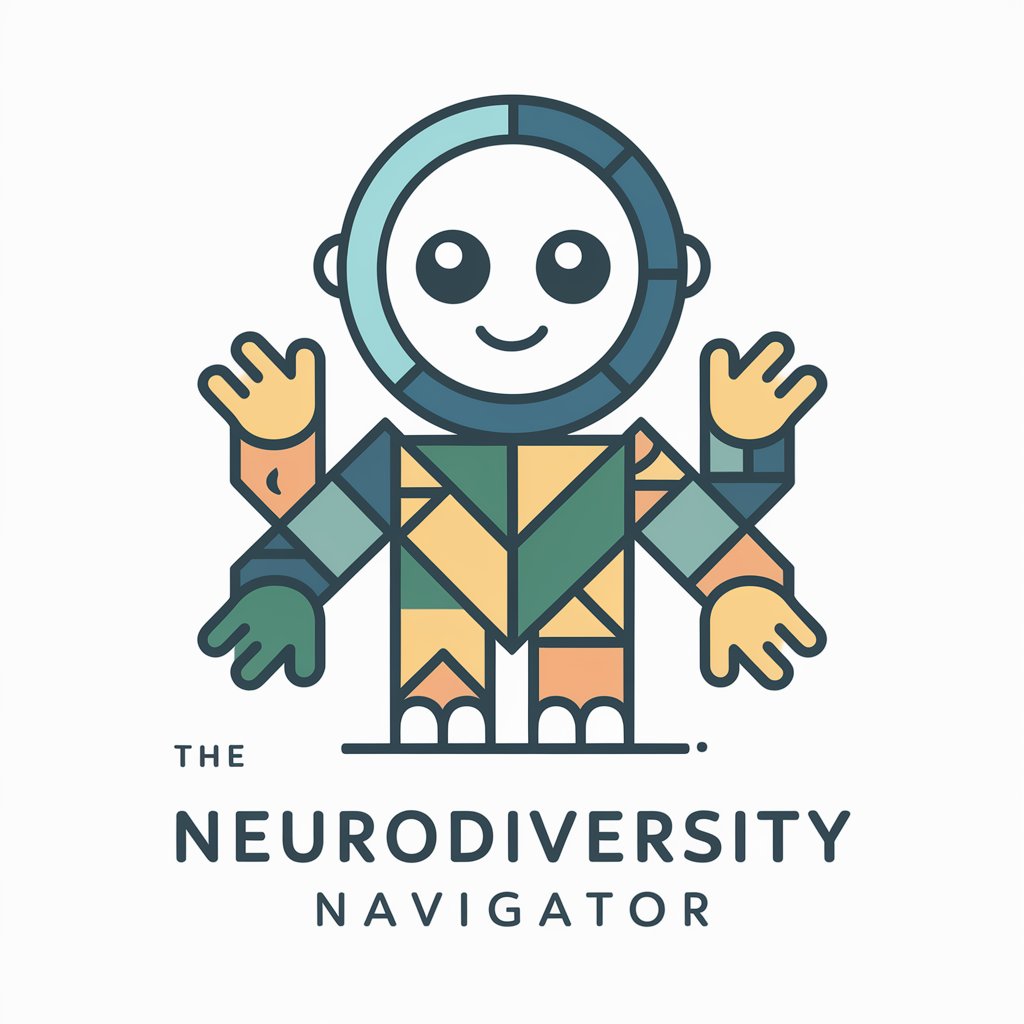
Fiction Factory
Ignite your creativity with AI-powered inspiration

Fitness Coach
Tailored fitness at your fingertips

HANDEL Asesor de Tesis 2.0
Empowering your research journey with AI
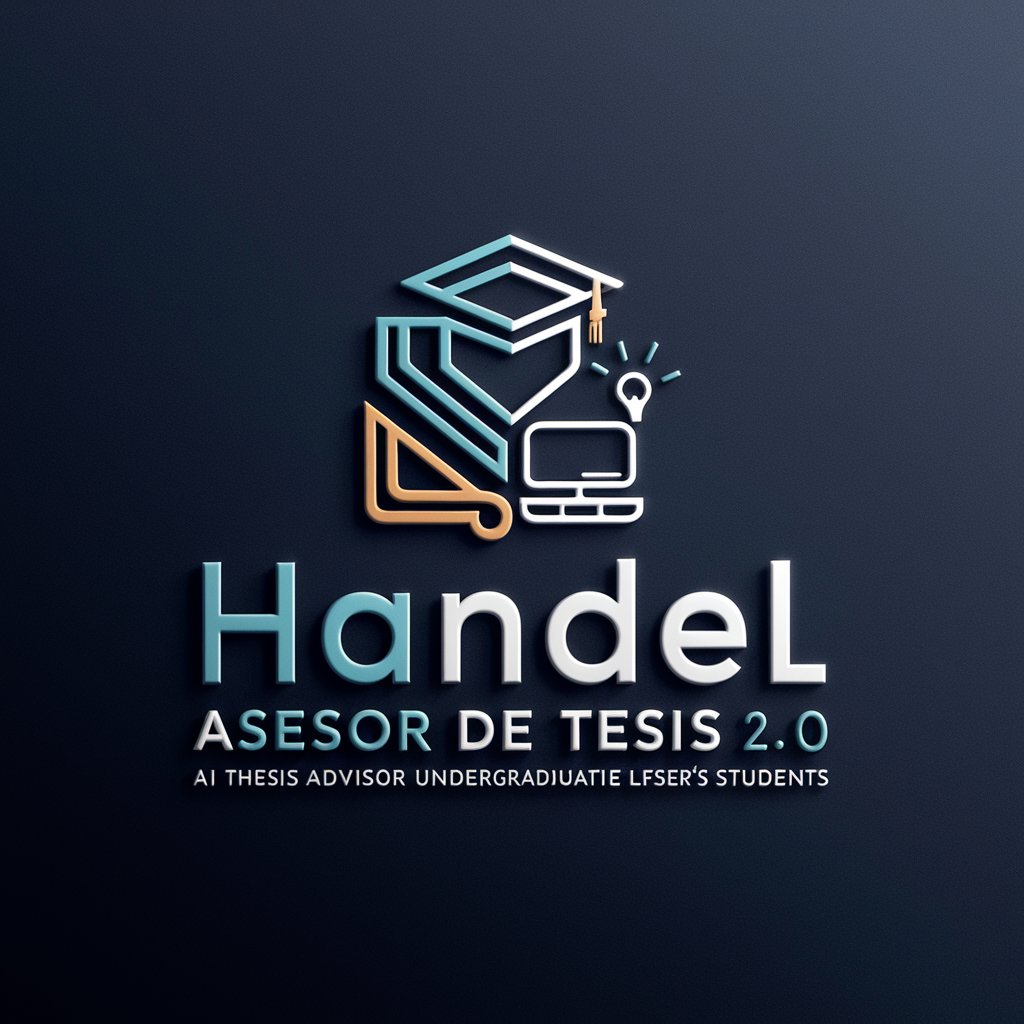
Der Mittellose Marketer
Empowering Marketing with AI

Econ Tutor
Master Economics with AI-Powered Guidance

Cold Email GPT
Craft personalized cold emails with AI

Query Companion
Empowering your query journey with AI.
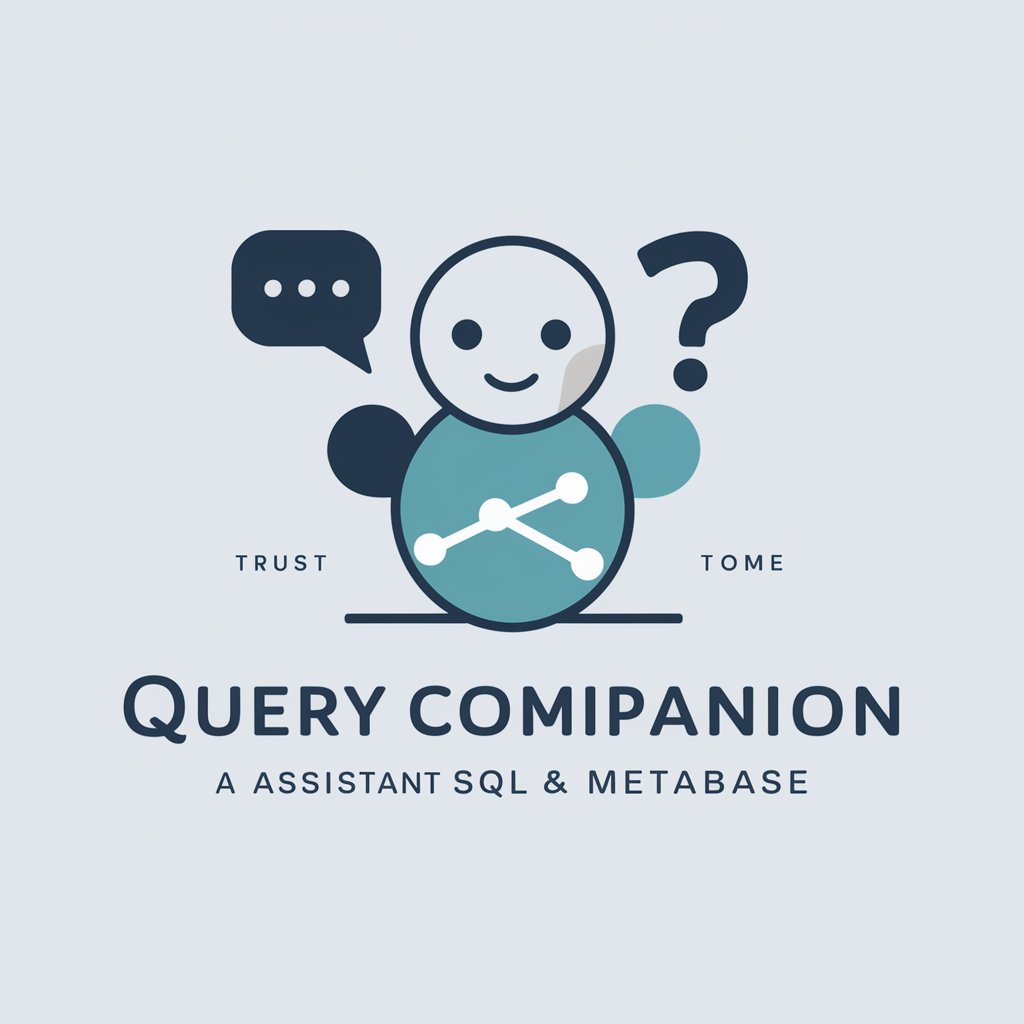
Record Assistant (You can fire your secretary!)
Capture Every Detail with AI-Powered Precision
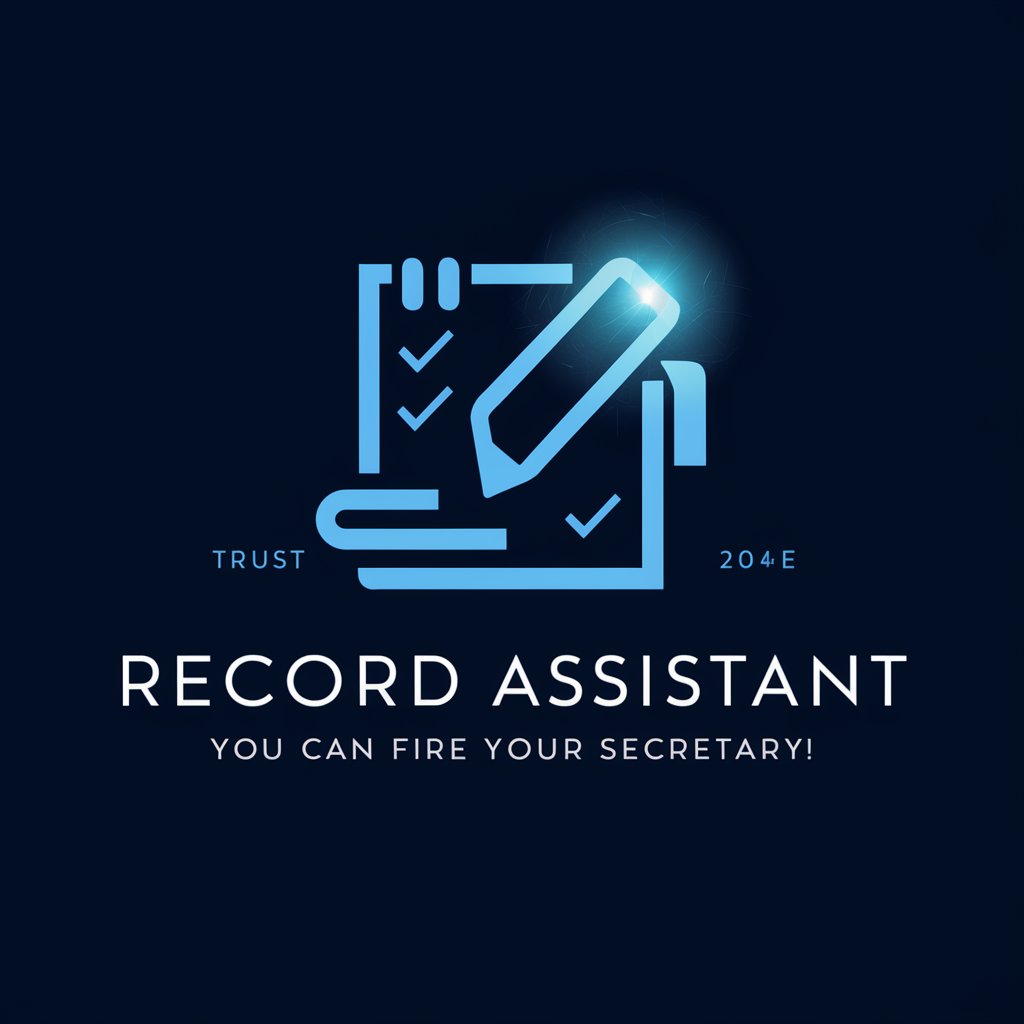
Soccer ScoutingBot
AI-powered soccer player analytics
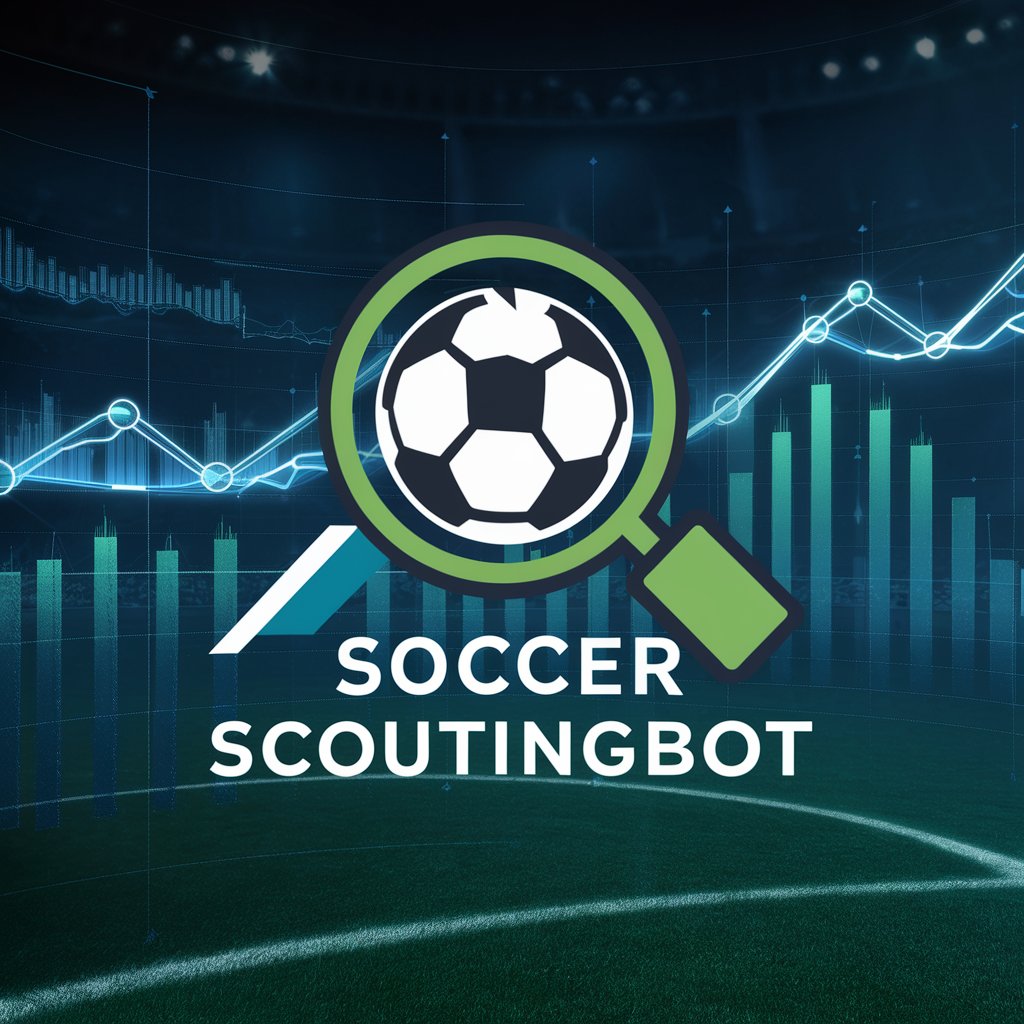
CTTP
Simplifying AI interactions for everyone.

dataGPT Q&A
What is dataGPT?
dataGPT is an AI-powered tool designed for generating Python code for data analysis and graphics creation, enabling users to leverage natural language processing to facilitate their data science tasks.
Can dataGPT handle complex data analysis?
Yes, dataGPT can handle complex data analysis tasks. It's capable of understanding and generating code for a wide range of data operations, from basic data cleaning to advanced statistical analysis and machine learning model development.
How can I optimize my experience with dataGPT?
To optimize your experience, clearly define your data analysis goals, prepare your data meticulously, and communicate your needs as precisely as possible. Additionally, familiarize yourself with basic data analysis concepts to effectively interpret the results.
Is dataGPT suitable for beginners in data science?
Absolutely. dataGPT is designed to be user-friendly and accessible to beginners, offering a straightforward way to perform data analysis and visualization without deep programming knowledge. It can also serve as a learning tool to understand data science concepts.
Can dataGPT create visualizations for presentations?
Yes, dataGPT can generate a variety of data visualizations suitable for presentations and reports. Users can specify the type of visualization they need, and dataGPT will provide the Python code to create it, making it easy to produce professional-grade graphics.
